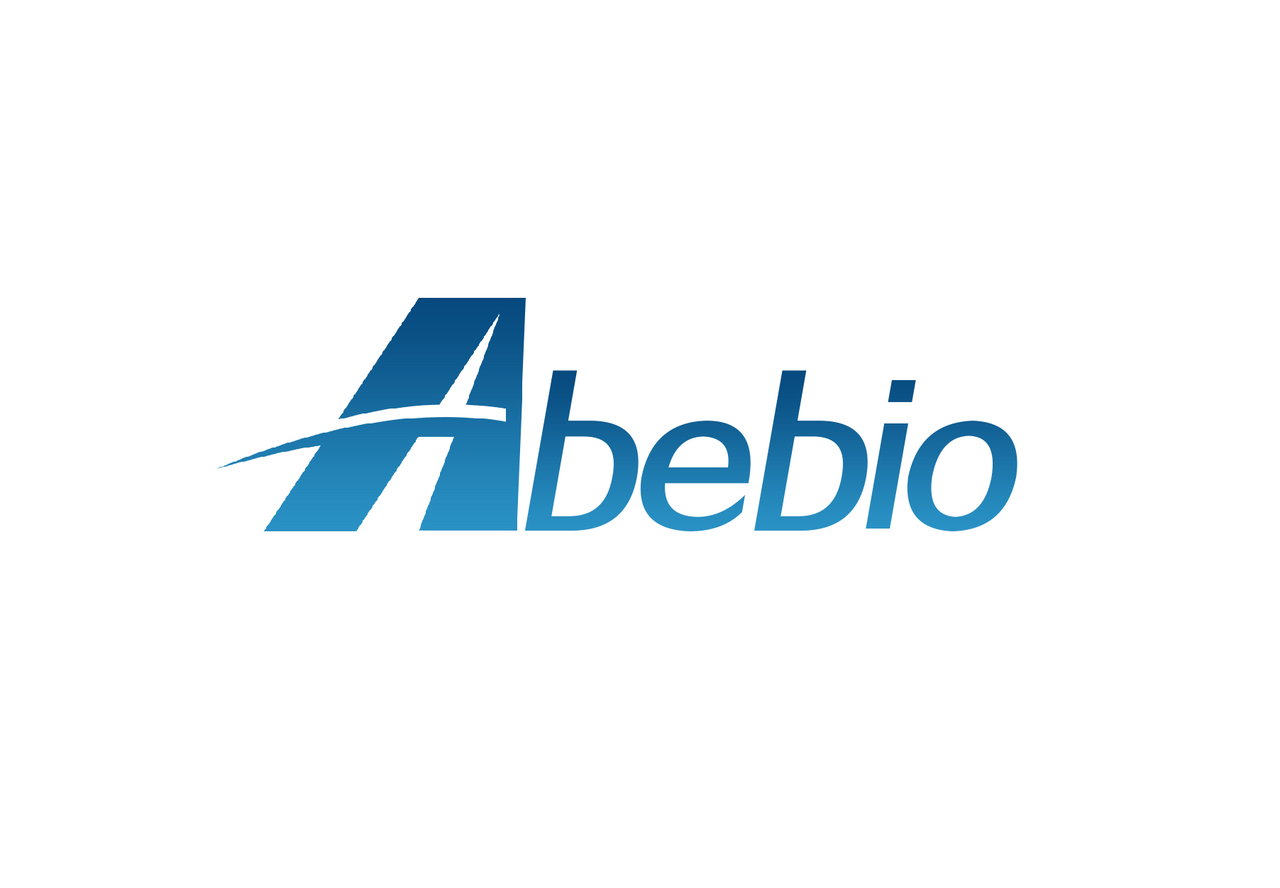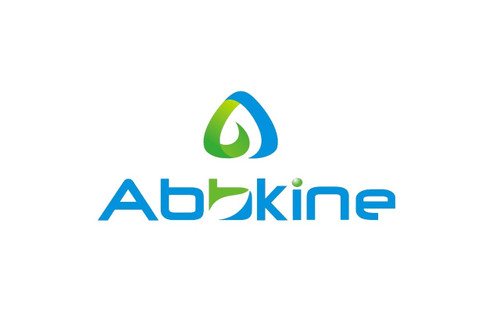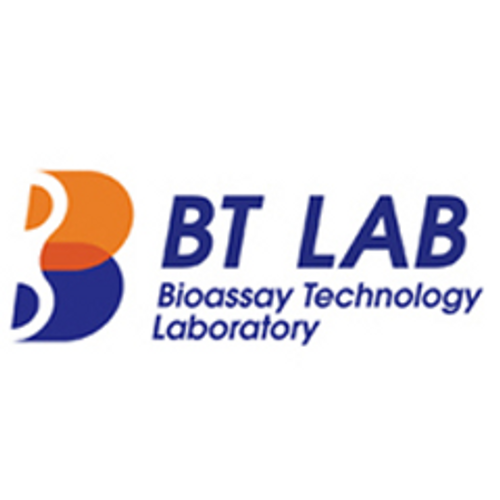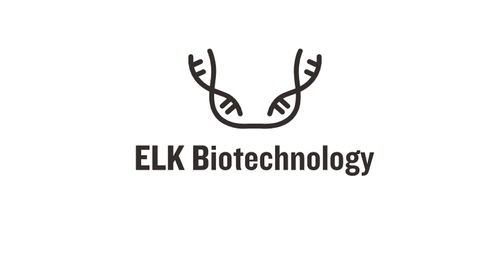Product Description
Mouse Gamma-Aminobutyric Acid IgG autoantibody (GABA-Ab-IgG) ELISA Kit | AE62651MO | Abebio
Species Reactivity: Mouse (Mus musculus)
Abbreviation: GABA-Ab-IgG
Alternative Name: N/A
Application: ELISA
Range: 24.69-2000 pg/mL
Sensitivity: 9.27 pg/mL
Intra-Assay: ≤5.1%
Inter-Assay: ≤8.2%
Recovery: 0, 97
Sample Type: Serum, Plasma, Other biological fluids
Detection Method: Competitive ELISA
Analysis Method : Qualitative
Test Principale: This assay employs the competitive enzyme immunoassay technique. The microtiter plate provided in this kit has been pre-coated with an antibody specific to GABA-Ab-IgG. Standards or samples are then added to the appropriate microtiter plate wells with a Horseradish Peroxidase (HRP) -conjugated GABA-Ab-IgG and incubated. The competitive inhibition reaction is launched between with HRP labeled GABA-Ab-IgG and unlabeled GABA-Ab-IgG with the antibody. A substrate solution is added to the wells and the color develops in opposite to the amount of GABA-Ab-IgG in the sample. The color development is stopped and the intensity of the color is measured.
Product Overview: γ-Aminobutyric acid (GABA) is the chief inhibitory neurotransmitter in the mammalian central nervous system. It plays an important role in regulating neuronal excitability throughout the nervous system. In humans, GABA is also directly responsible for the regulation of muscle tone.In insect species GABA acts only on excitatory nerve receptors. Although chemically it is an amino acid, GABA is rarely referred to as such in the scientific or medical communities, because the term "amino acid, " used without a qualifier, refers to the alpha amino acids, which GABA is not, nor is it incorporated into proteins. In spastic diplegia in humans, GABA absorption by some nerves becomes impaired, which leads to hypertonia of the muscles signaled by those nerves.Gamma-aminobutyric acid was first synthesized in 1883, and was first known only as a plant and microbe metabolic product.
Stability: The stability of ELISA kit is determined by the loss rate of activity. The loss rate of this kit is less than 5% within the expiration date under appropriate storage condition. The loss rate was determined by accelerated thermal degradation test. Keep the kit at 37°C for 4 and 7 days, and compare O.D.values of the kit kept at 37°C with that of at recommended temperature. (referring from China Biological Products Standard, which was calculated by the Arrhenius equation. For ELISA kit, 4 days storage at 37°C can be considered as 6 months at 2 - 8°C, which means 7 days at 37°C equaling 12 months at 2 - 8°C) .
 Euro
Euro
 USD
USD
 British Pound
British Pound
 NULL
NULL








